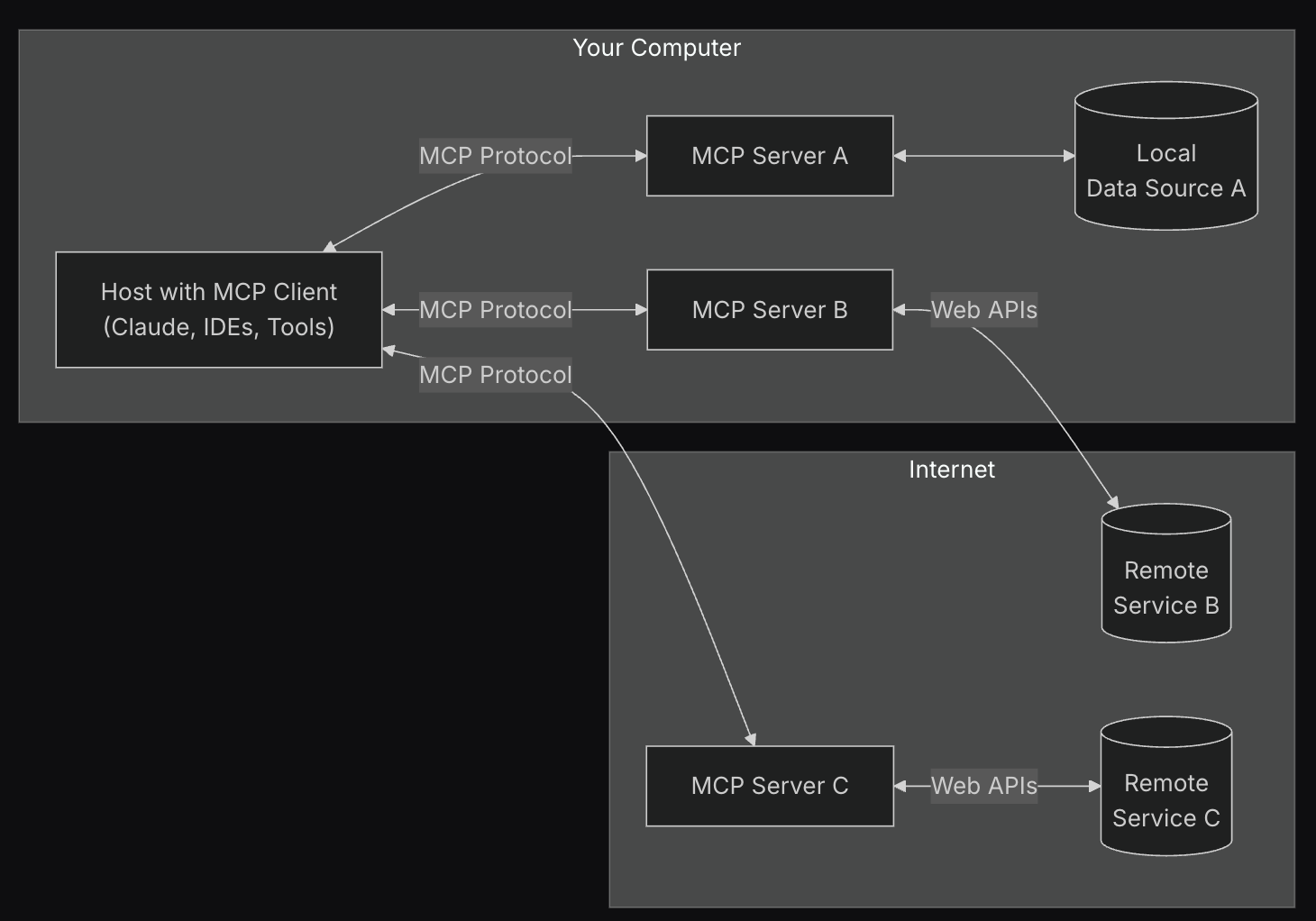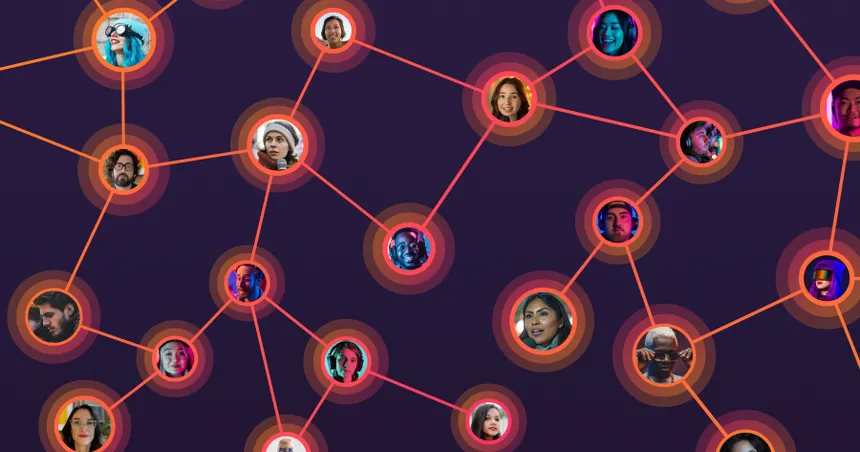
Generative AI represents a significant paradigm shift from traditional AI, moving beyond mere analysis and prediction to the creation of entirely new content. Understanding this distinction is crucial for grasping the potential and limitations of each approach, and for effectively applying AI in various domains. This lesson will delve into the core differences between these two branches of artificial intelligence, exploring their underlying principles, capabilities, and applications.
Defining Traditional AI
Traditional AI, also known as symbolic AI or rule-based AI, relies on explicitly programmed rules and knowledge to solve problems. It excels at tasks that can be clearly defined and broken down into logical steps.
Key Characteristics of Traditional AI
- Rule-Based Systems: Traditional AI systems operate based on a set of predefined rules. These rules are typically created by human experts and encoded into the system.
- Symbolic Representation: Knowledge is represented using symbols and logical structures. This allows the system to reason and make inferences based on the relationships between these symbols.
- Deterministic Behavior: Given the same input, a traditional AI system will always produce the same output, as its behavior is entirely determined by its programmed rules.
- Limited Learning Capability: Traditional AI systems have limited ability to learn from data. Any improvements in performance typically require manual adjustments to the rules or knowledge base.
- Expert Systems: A common application of traditional AI is in expert systems, which are designed to mimic the decision-making abilities of human experts in a specific domain.
Examples of Traditional AI
- Chess-Playing Programs: Early chess-playing programs like Deep Blue relied on a vast database of chess rules, strategies, and pre-calculated moves. They used search algorithms to explore possible moves and select the best one based on a predefined evaluation function.
- Medical Diagnosis Systems: Traditional medical diagnosis systems used rule-based reasoning to diagnose diseases based on patient symptoms and medical history. These systems would follow a set of rules to narrow down the possible diagnoses and suggest appropriate treatments.
- Spam Filters: Early spam filters used rule-based techniques to identify spam emails based on keywords, sender addresses, and other characteristics. These filters would flag emails that matched certain predefined rules as spam.
Limitations of Traditional AI
- Knowledge Acquisition Bottleneck: Creating and maintaining the rules and knowledge base for a traditional AI system can be a time-consuming and expensive process.
- Inability to Handle Uncertainty: Traditional AI systems struggle to handle uncertainty and ambiguity, as they rely on precise and well-defined rules.
- Lack of Adaptability: Traditional AI systems are not easily adaptable to new situations or changing environments, as any changes require manual modifications to the rules or knowledge base.
- Brittle Systems: Traditional AI systems can be brittle, meaning that they can easily break down when faced with unexpected or novel inputs.
Defining Generative AI
Generative AI, on the other hand, focuses on creating new content, such as images, text, music, or code. It learns the underlying patterns and structures in training data and then uses this knowledge to generate new, similar data.
Key Characteristics of Generative AI
- Data-Driven Learning: Generative AI models learn from large datasets without explicit programming. They identify patterns and relationships in the data and use this knowledge to generate new content.
- Probabilistic Models: Generative AI models are based on probabilistic models, which means that they generate outputs based on probability distributions. This allows them to produce a variety of different outputs, even given the same input.
- Creative Capabilities: Generative AI models can create novel and original content that goes beyond simple replication of the training data.
- Adaptability: Generative AI models can adapt to new data and changing environments by retraining on new datasets.
- Neural Networks: Most modern generative AI models are based on neural networks, which are complex computational models inspired by the structure of the human brain.
Examples of Generative AI
- Image Generation: Models like DALL-E and Stable Diffusion can generate realistic images from text descriptions. For example, you can ask the model to generate “a photo of a cat wearing a hat” and it will create a new image that matches that description.
- Text Generation: Models like GPT-3 and LaMDA can generate human-quality text for a variety of tasks, such as writing articles, creating chatbots, and translating languages.
- Music Generation: Models like Jukebox and MuseNet can generate original music in a variety of styles, from classical to pop.
- Code Generation: Models like GitHub Copilot can generate code snippets and even entire programs based on natural language descriptions.
Advantages of Generative AI
- Automation of Creative Tasks: Generative AI can automate many creative tasks, such as generating images, writing text, and composing music.
- Personalization: Generative AI can be used to create personalized content that is tailored to individual users’ preferences.
- Exploration of New Ideas: Generative AI can help explore new ideas and possibilities by generating novel and unexpected outputs.
- Increased Efficiency: Generative AI can increase efficiency by automating repetitive tasks and freeing up human workers to focus on more creative and strategic work.
Key Differences Summarized
| Feature | Traditional AI | Generative AI |
|---|---|---|
| Approach | Rule-based, symbolic reasoning | Data-driven, probabilistic models |
| Learning | Limited learning, manual rule updates | Learns from data, adapts to new information |
| Output | Predictable, deterministic | Creative, stochastic |
| Task | Problem-solving, decision-making | Content creation, generation |
| Examples | Expert systems, spam filters, chess programs | Image generation, text generation, music creation |
| Data Dependency | Low | High |
Practical Examples and Demonstrations
Let’s consider how Imaginarium Inc., the fictional company introduced earlier, might use both traditional and generative AI.
Traditional AI at Imaginarium Inc.
Imaginarium Inc. could use a traditional AI system for:
- Inventory Management: A rule-based system could track inventory levels, predict demand based on historical data and predefined rules (e.g., “If inventory of product X falls below Y, then order Z units”), and automatically generate purchase orders. This system would rely on explicitly programmed rules and wouldn’t be able to adapt to unexpected changes in demand or supply chain disruptions without manual intervention.
- Customer Service Chatbot (Basic): A simple chatbot could be programmed with a set of predefined responses to common customer questions. This chatbot would follow a decision tree to determine the appropriate response based on the customer’s input. For example, if a customer asks “What is your return policy?”, the chatbot would respond with the predefined return policy statement.
Generative AI at Imaginarium Inc.
Imaginarium Inc. could use generative AI for:
- Generating Marketing Copy: A generative AI model could be trained on Imaginarium Inc.’s existing marketing materials and then used to generate new ad copy, social media posts, and email campaigns. The model could create variations of existing copy or even generate entirely new content based on a specific product or target audience.
- Designing New Product Concepts: A generative AI model could be used to generate new product designs based on a set of constraints and objectives. For example, the model could be asked to design a new toy that is both educational and fun, while also being safe for young children. The model could generate a variety of different designs, which could then be evaluated by human designers.
- Creating Personalized Customer Experiences: A generative AI model could be used to create personalized product recommendations, marketing messages, and even virtual experiences for individual customers. The model could learn from customer data, such as purchase history, browsing behavior, and social media activity, to create content that is tailored to each customer’s unique interests and preferences.
Hypothetical Scenario: The “AI-Powered Toy Designer”
Imagine Imaginarium Inc. wants to create a new line of toys that are both engaging and educational.
- Traditional AI Approach: They could develop an expert system that uses predefined rules about child development, learning principles, and toy design best practices. This system could analyze existing toy designs and suggest modifications based on these rules. However, the system would be limited by the knowledge and creativity of the human experts who created the rules.
- Generative AI Approach: They could train a generative AI model on a vast dataset of toy designs, educational materials, and child psychology research. The model could then generate entirely new toy designs that are both innovative and effective at promoting learning. The model could even generate different versions of the same toy tailored to different age groups or learning styles.
Exercises
- Rule-Based vs. Data-Driven: Consider a task like fraud detection. How would a traditional AI system approach this task compared to a generative AI system? What are the advantages and disadvantages of each approach?
- Creative Applications: Brainstorm three additional ways Imaginarium Inc. could use generative AI to improve its business. Be specific about the type of generative AI model they would use and the benefits they would expect to see.
- Limitations: Identify a scenario where traditional AI would be a better choice than generative AI. Explain why traditional AI is more suitable for this particular task.
- Hybrid Approach: Describe how Imaginarium Inc. could combine traditional and generative AI to create a more powerful and versatile AI system. Provide a specific example of how this hybrid system would work.
Real-World Application
Consider the use of AI in drug discovery. Traditional AI methods might involve rule-based systems that analyze chemical structures and predict their potential to bind to specific drug targets based on known chemical properties and interactions. These systems are limited by the existing knowledge of drug-target interactions.
Generative AI, on the other hand, can be used to design entirely new molecules with desired properties. For example, a generative AI model could be trained on a dataset of known drugs and their properties, and then used to generate new molecules that are predicted to have similar or improved efficacy. This approach can lead to the discovery of novel drug candidates that would not have been identified using traditional methods. Several pharmaceutical companies are now using generative AI to accelerate the drug discovery process and develop new treatments for a variety of diseases.
In the realm of cybersecurity, traditional AI systems are often used for signature-based threat detection, where known malware signatures are used to identify and block malicious software. However, generative AI is now being used to create adversarial examples that can evade these traditional detection systems. By generating new and slightly modified versions of malware, attackers can test the robustness of security systems and identify vulnerabilities. This is an example of how generative AI can be used for both offensive and defensive purposes in cybersecurity.
In the financial industry, traditional AI is used for tasks such as credit scoring and fraud detection, where rule-based systems and statistical models are used to assess risk and identify suspicious transactions. Generative AI is now being explored for tasks such as generating synthetic financial data for training machine learning models and creating personalized investment recommendations. By generating realistic but anonymized financial data, companies can train AI models without compromising sensitive customer information.
Summary and Next Steps
In this lesson, we’ve explored the fundamental differences between traditional and generative AI. Traditional AI relies on predefined rules and symbolic reasoning, while generative AI learns from data and creates new content. We’ve seen how both approaches can be applied in various domains, including business, science, and technology.
In the next lesson, we will delve into the different types of generative AI models, including Generative Adversarial Networks (GANs), Variational Autoencoders (VAEs), and Transformers. Understanding these models is crucial for effectively applying generative AI to real-world problems. We will also discuss the strengths and weaknesses of each model and when to use them.






